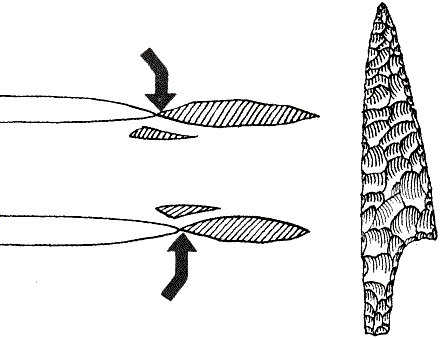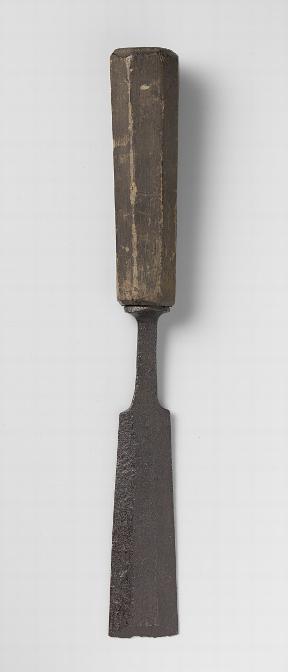Cheshirechappie
Established Member
Bevel-edged chisels. We all take them for granted, as if they've existed for ever; if you want a 'mass-market' new chisel, you'll be lucky to find anything else. But when did they first become commonplace? In answering Jimi's recent thread on his Buck and Ryan b/e chisels, I (perhaps rather rashly) suggested about 1890-ish, but am I right?
The evidence - actual and deduced - is as follows. In the late 18th century, 'firmer' chisels were much thinner in the blade than modern ones - more like a modern carving chisel. Benjamin Seaton's chisels (see 'The Tool Chest of Benjamin Seaton' pub. TATHS), both cast steel and common steel 'firmers' were of this pattern - and he was a joiner and cabinetmaker, familiar with dovetails. With chisels so thin, dovetails are not too much of a problem; the slightest skewing of the edge, and the bevel will clear the dovetail sidewalls. These thinner chisels continued to be available until very late in the 19th or early 20th centuries - enough examples exist, with enough evidence to date reasonably accurately.
Literature around the turn of the 19th/20th century shows b/e chisels were manufactured, but they seem to be a 'special', the rectangular-section firmer, by now somewhat thicker, being the 'stock' chisel for both joiners and cabinetmakers. Salaman (Dictionary of Woodworking Tools, revised edition, page 131) has an extract from a Brades catalogue of 1905 which shows b/e and b/e paring chisels, but alongside their firmer equivalents, and about four firmer patterns to one b/e.
My hunch, backed by no evidence whatever, is that the b/e chisel developed in the late 19th century. Can anybody pin their introduction down any more accurately?
The evidence - actual and deduced - is as follows. In the late 18th century, 'firmer' chisels were much thinner in the blade than modern ones - more like a modern carving chisel. Benjamin Seaton's chisels (see 'The Tool Chest of Benjamin Seaton' pub. TATHS), both cast steel and common steel 'firmers' were of this pattern - and he was a joiner and cabinetmaker, familiar with dovetails. With chisels so thin, dovetails are not too much of a problem; the slightest skewing of the edge, and the bevel will clear the dovetail sidewalls. These thinner chisels continued to be available until very late in the 19th or early 20th centuries - enough examples exist, with enough evidence to date reasonably accurately.
Literature around the turn of the 19th/20th century shows b/e chisels were manufactured, but they seem to be a 'special', the rectangular-section firmer, by now somewhat thicker, being the 'stock' chisel for both joiners and cabinetmakers. Salaman (Dictionary of Woodworking Tools, revised edition, page 131) has an extract from a Brades catalogue of 1905 which shows b/e and b/e paring chisels, but alongside their firmer equivalents, and about four firmer patterns to one b/e.
My hunch, backed by no evidence whatever, is that the b/e chisel developed in the late 19th century. Can anybody pin their introduction down any more accurately?













